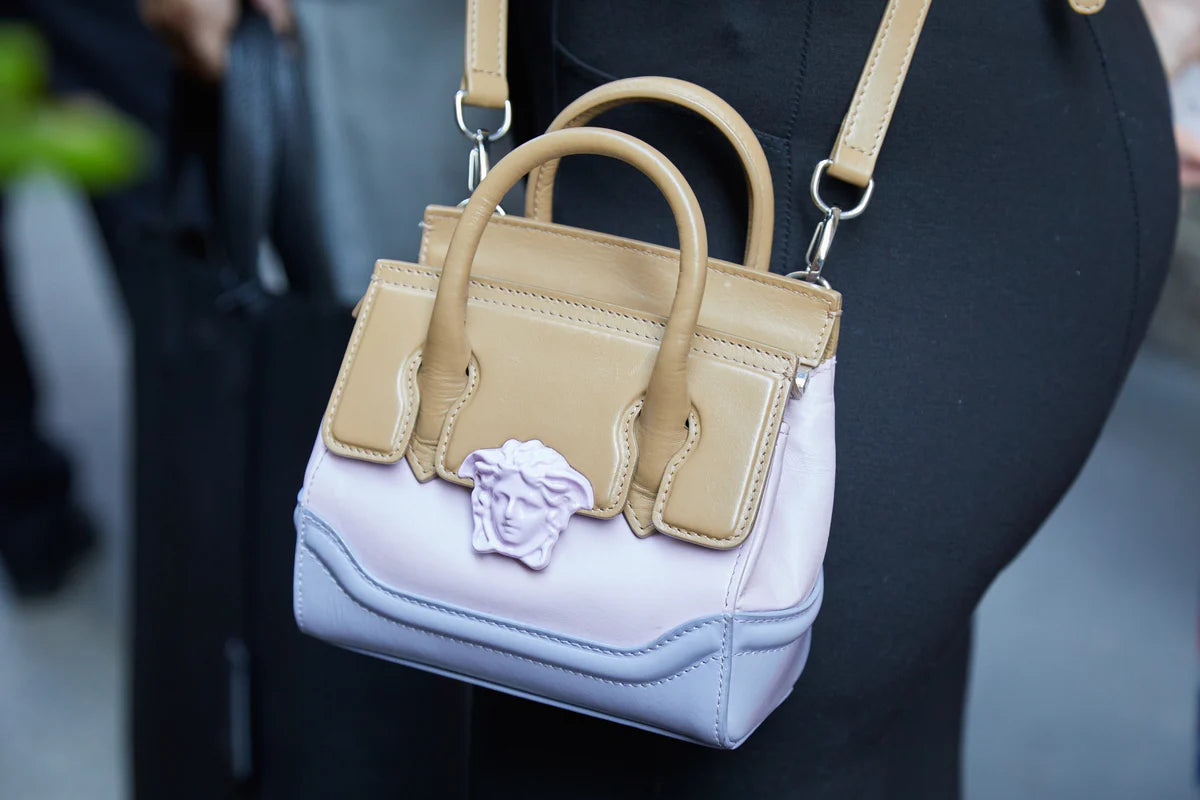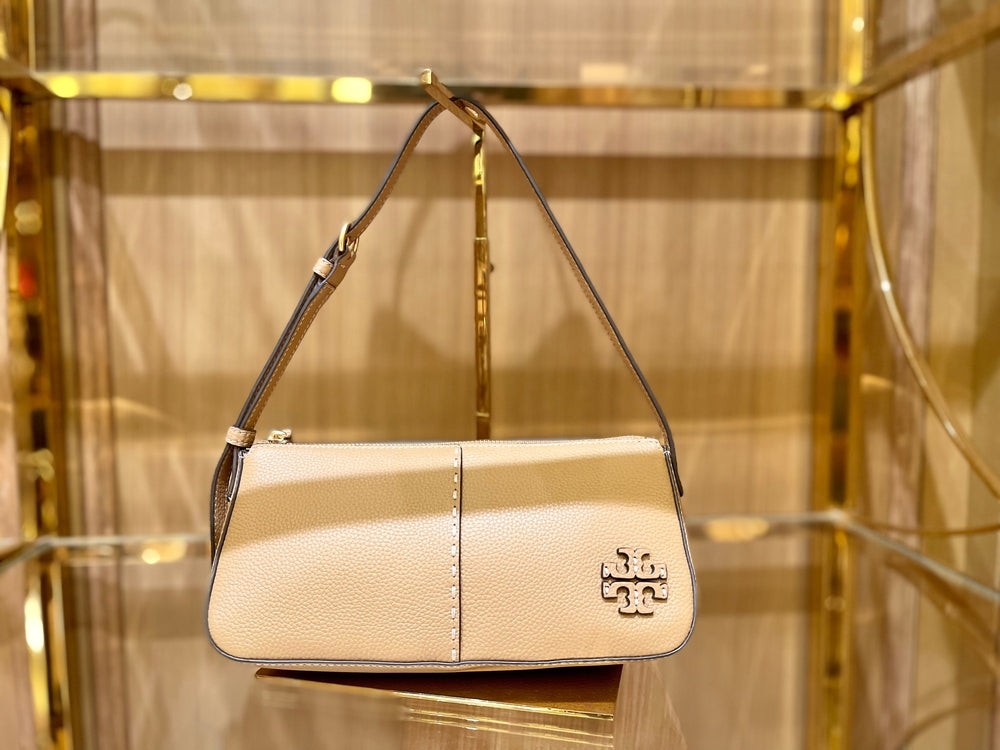
HOW TO AUTHENTICATE AN HERMES PIECE
If you're someone who appreciates the finer things in fashion, chances are you've heard of the iconic luxury couture brand Hermes. Established back in 1837, this legendary label has been shaping the world of fashion for over a century, crafting pieces that are not just accessories, but symbols of elegance, sophistication, and timeless style. From their coveted Birkin and Kelly bags to their exquisite silk scarves and jewelry, Hermes pieces are revered for their exceptional quality, meticulous craftsmanship, and iconic designs that stand the test of time.
Yet, amidst the allure of owning an Hermes masterpiece, there's a lurking challenge: counterfeit pieces flooding the market. With this surge in replicas, knowing how to authenticate an Hermes piece becomes not just a precautionary measure but a crucial skill in safeguarding your investment and ensuring you're acquiring a piece of the highest quality and value.
So, let's delve into the key factors that distinguish genuine Hermes pieces and unlock the secrets to authenticating these coveted treasures.
Logo and Branding
The logo and branding of Hermes serve as the cornerstone of its authenticity. With its iconic carriage and horse motif accompanied by the brand name in a classic serif font, Hermes has maintained a consistent logo over the years. In the 1950s, a subtle addition of "Paris" was made to emphasize its French heritage, adding an extra touch of elegance. Variations in accents, such as accent marks or apostrophes, may also be present depending on the specific design.
When examining an Hermes piece, scrutinizing the logo's placement, proportions, and execution is paramount. Genuine Hermes pieces will exhibit logo detailing that is meticulously crafted and flawlessly executed, while counterfeit pieces may display discrepancies or inaccuracy.
Hardware
The hardware on Hermes pieces is a testament to the brand's commitment to excellence. Each piece boasts hardware that not only feels substantial but also bears the stamped Hermes logo as a mark of authenticity. Over the years, Hermes has used various metal finishes, with palladium becoming a staple choice in the 1960s for its resistance to discoloration and tarnishing.
Regardless of the specific design, authentic Hermes hardware maintains consistent color and finish throughout the piece, meeting the brand's exacting standards of quality craftsmanship.
Stitching
Exceptional stitching is a hallmark of Hermes craftsmanship, reflecting the brand's dedication to precision and durability. Stitching on genuine Hermes pieces is meticulously tiny, closely spaced, and uniformly distributed, with thread colors ideally matching the material's hues. Techniques like saddle stitching, employed since the brand's inception, ensure outstanding durability by simultaneously hand-sewing two needles through each hole.
When inspecting an Hermes piece, be on the lookout for any loose threads or inconsistencies in stitching, as these may indicate a counterfeit attempt to replicate Hermes's renowned craftsmanship.
Leathers
Hermes's selection of top-grade leathers, including calfskin, lambskin, and exotic skins like alligator and crocodile, speaks volumes about its commitment to quality. Genuine Hermes leather should possess a luxurious softness and suppleness, free from blemishes or scratches. The grain should exhibit consistency across the piece, with any marks or variations reflecting the unique characteristics of the specific leather used.
Fabrics
Hermes's textiles, particularly the silk twill used in its legendary scarves, are revered for their exceptional quality and craftsmanship. Authentic Hermes fabric pieces feature textures that are notably sturdy and long-lasting, with pattern designs uniform and consistent throughout. Hand-rolled edges, a hallmark of Hermes craftsmanship, add a touch of refinement to scarves, underscoring the brand's meticulous attention to detail.
Serial Number
Every genuine Hermes piece bears a one-of-a-kind serial number, serving as a hallmark of authenticity. This unique identifier is typically located on an interior leather tag and should match the serial number on the original packaging or authentication card. Additionally, Hermes incorporates a blind stamp, a small marking near the hardware, denoting the piece's manufacturing year and season.
It's essential to note that serial number formats and placements may vary over time, necessitating thorough verification during the authentication process. When in doubt, cross-check the serial number with official Hermes records or you may contact customer service for verification can provide peace of mind. As much as possible, buy Hermes pieces with Certificate of Authenticity so you can be sure that you’re getting an original product.
Hermes's legacy of excellence and craftsmanship shines through in every piece it creates. By paying attention to the crucial elements outlined above, you can ensure that your Hermes piece is not just authentic but also a testament to timeless elegance and sophistication. In a world rife with counterfeit goods, understanding how to verify an authentic Hermes piece is more critical than ever, ensuring that your investment in luxury fashion is one that will be cherished for years to come.







